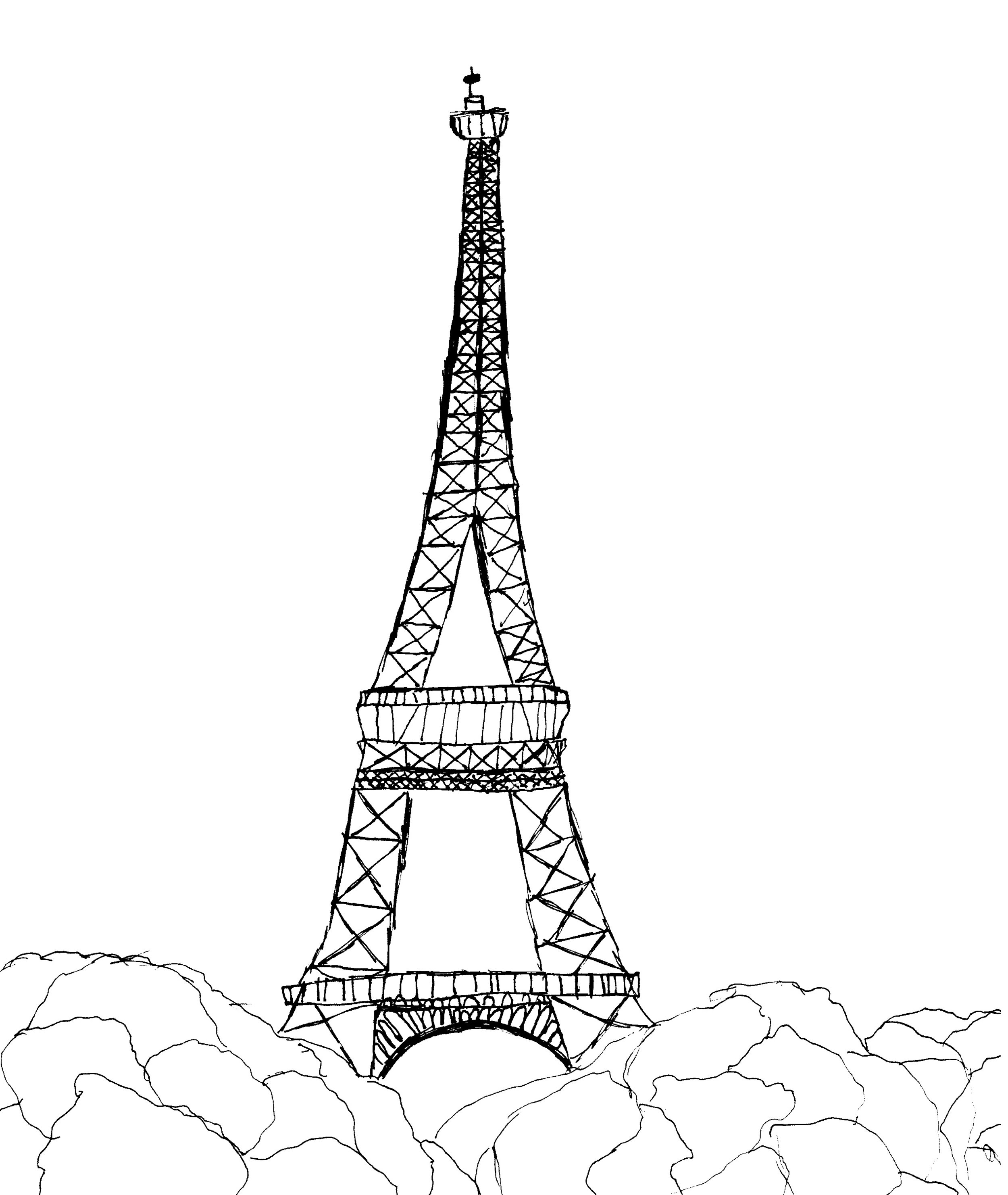Nedeleg Laouen from Bretagne
Carnac stones, Brittany, France. Image credit: Steffen Heilfort, CC BY-SA 3.0, via Wikimedia Commons
Bretagne / Brittany in western France has long been a cultural bridge between France, where it is geographically and politically situated, and the Celtic nations across the English Channel with which Brittany shares its heritage. Prehistoric stone arrangements dot the Breton landscape including granite standing stones (menhirs) and stone tombs (dolmens) as well as earthen burial mounds called tumuli. Although the precise builders and purposes of these arrangements are not fully known, these ancient formations figure into Celtic and Breton legends.
Christianity spread throughout the western Roman Empire and Gaul into modern-day Brittany, fortified by Cornish Britons fleeing the Anglo-Saxon invasion of Britain. Catholicism was established as the official religion of the Franks by Clovis I in the early 6th century, and Brittany’s religious practices developed with multiple influences. Some Breton legends and traditions mesh with more widespread Christmas traditions as December unfolds. One of these juxtaposes Ankou, a servant of Death, with the light and promise associated with the birth of Jesus Christ.
Ankou in Ploudiry, Finistère, France. Image credit: Moreau.henri, CC BY-SA 3.0, via Wikimedia Commons
The tale of Ankou was passed down through oral tradition until 19th century Breton storyteller Anatole Le Braz set long-told stories in writing. According to Breton legend, every village cemetery has its own Ankou as a watchman over its inhabitants until he is succeeded by the last person to die at the end of the year. Depicted as a man or skeleton shrouded in black wearing a large hat and carrying a scythe, Ankou’s arrival is preceded by the call of an owl and the sound of the creaking wheels on the cart he uses to collect the dead. Ankou has also been rumored to travel in a carriage pulled by four black horses accompanied by two ghostly figures. He is not Death itself, but a reminder that life can be fleeting.
On Christmas Eve, worshippers attending Midnight Mass are reminded of Ankou via carvings and inscriptions that adorn many churches in Brittany. Some say he passes among churchgoers, using a light touch to indicate those who are destined not to see the end of the year. Others believe that the holy nature of Christmas Eve prevents Ankou from appearing at all. Regardless of the visual reminders in church walls, the evening is not all somber as shown by several legends that illustrate the miracles of Christmas. First, during Mass, farm animals were said to gain the power of intelligible speech, water in the church fonts was transformed into wine, and at midnight the sound of faraway church bells ringing in the sunken city of Kêr-Is can be heard. The ringing of bells at midnight across Brittany brings life to menhirs that rush to drink from sacred springs before the last peal.
Kef Nedeleg / Yule Log. Image credit: Mitantig, CC BY-SA 4.0, via Wikimedia Commons
Other holiday traditions observed in Brittany over the years are similar to those of other regions of France. Families would seek out an oak or other tree of slow-burning wood to provide a log or stump for their Kef Nedeleg, or Yule log. Placed on the hearth and sprinkled with salt and water, the Kef Nedeleg would be lit just before going to Mass and allowed to burn for several days, purifying the home and chimney with symbolic fire. Its ashes were preserved in small bags placed around the house to ward off dangers such as lightning and snakes as well as providing water-purifying properties. Wreaths of straw were arranged around fruit trees in the hope of a bountiful harvest and the Celtic practice of marking the winter solstice with a fir tree has morphed into the Christmas tree of today. Breton homes then and now gather around a Christmas feast though it is much more likely that the Yule log will be a Bûche de Noël on the dinner table rather than an oak log afire in the hearth. And children place their shoes near the fireplace in anticipation of waking up on Christmas morning to find what Père Noël has left in them.
Ancestors of today’s inhabitants of Brittany would recognize elements of modern winter traditions but would likely be astounded by colorful holiday light displays that decorate buildings, squares, and towns from Pont-Aven to l’Abbaye de Beauport in Paimpol. The old, the new, and the adapted blend various historical influences together during the holiday season in Brittany. Nedeleg Laouen! Joyeux Noël!
Activité de français
The story of Ankou was told from one generation to another well before being recorded on paper, let alone posted online. Hear the story told as it may have been in the past by clicking on the French-language video below.
Subscribe to our newsletter to receive Art de vivre posts, information about courses, Conversation Café, special events, and other news from l’Institut français d’Oak Park.




